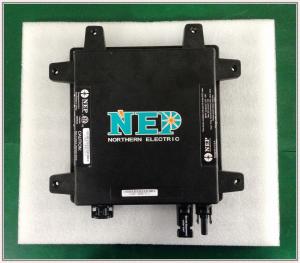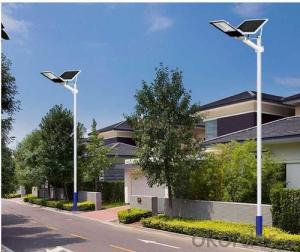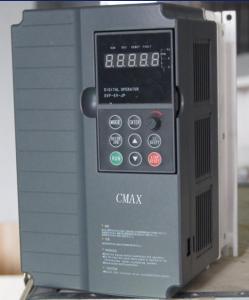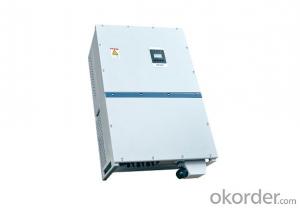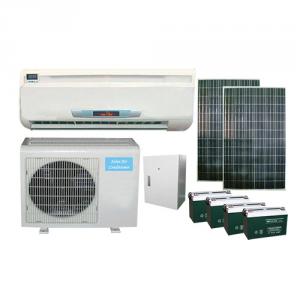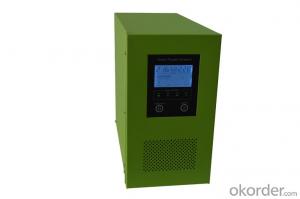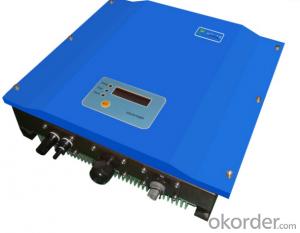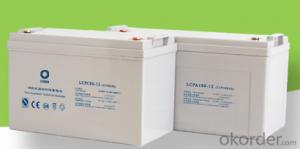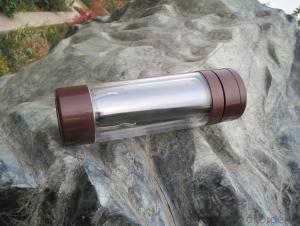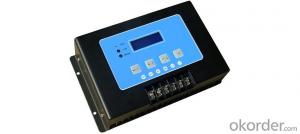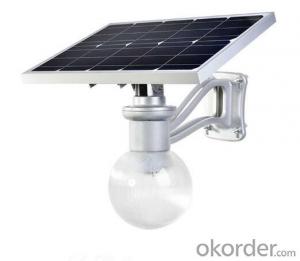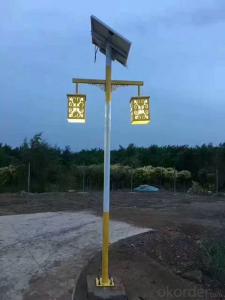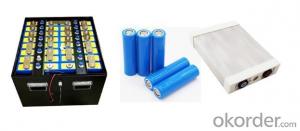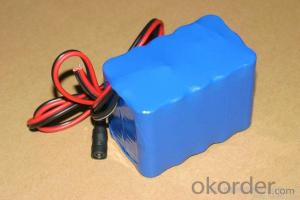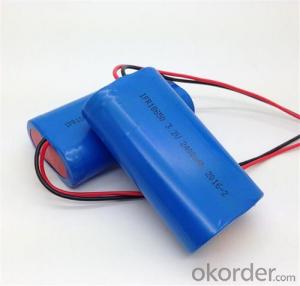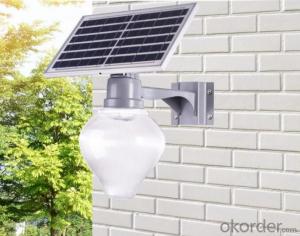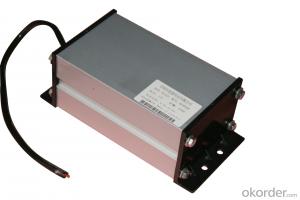Delta Solar Inverter Warranty
Delta Solar Inverter Warranty Related Searches
Tesla Solar Inverter Warranty Delta Solar Inverter Solar Edge Inverter Warranty Delta Solar Inverter Price Aurora Solar Inverter Warranty Solar Delta Inverter Sma Solar Inverter Warranty Delta Solar Inverter Manual Delta Solar Inverter 5kw Alpha Solar Inverter Solar Panel Inverter Lifespan Solar Inverter Insurance Solar Inverter Backup Time Solar Inverter Installation Solar Inverter Requirements Solar Inverter Replacement Inverter Solar Battery Solar Inverter Upgrade Cost To Replace Solar Inverter Solar Inverter Battery Inverter Battery Solar Price Digital Solar Inverter Tesla Solar Inverter Specs Solar Battery With Inverter Solar Dc Inverter Install Solar Inverter Solar Inverter Battery Price Solar Inverter Configuration Dual Solar Inverter Solar Inverter Battery BackupDelta Solar Inverter Warranty Supplier & Manufacturer from China
Delta Solar Inverter Warranty is a comprehensive protection plan designed to safeguard the performance and longevity of Delta's solar inverters. These inverters are crucial components in solar energy systems, converting the direct current (DC) generated by solar panels into alternating current (AC) that can be used by homes and businesses. The warranty ensures that any defects or malfunctions in the inverters are covered, providing peace of mind to customers who have invested in sustainable energy solutions.Delta solar inverters are widely used in various applications, such as residential rooftop installations, commercial solar farms, and off-grid power systems. They are known for their efficiency, reliability, and advanced features that optimize energy production and reduce system downtime. The Delta Solar Inverter Warranty supports these applications by offering protection against manufacturing defects, component failures, and other issues that may arise during the inverter's service life.
Okorder.com is a leading wholesale supplier of Delta Solar Inverter Warranty, offering a vast inventory of these essential components for solar energy systems. By partnering with Okorder.com, customers can access high-quality Delta solar inverters and their associated warranties at competitive prices. This partnership ensures that customers receive not only the best products but also the support and assurance they need to maintain the efficiency and effectiveness of their solar energy systems.
Hot Products
